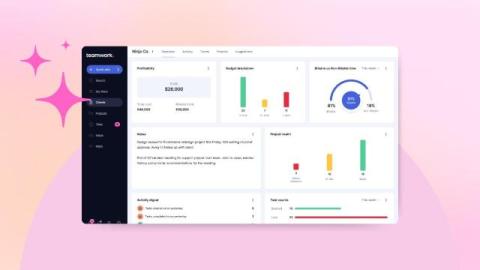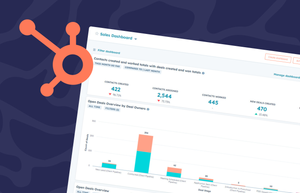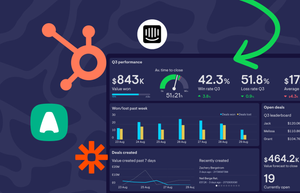How AI is Transforming Customer Service: Key Insights from our webinar with Intercom
Guest post by Mark Iafrate, Principal Integrated Marketing at Intercom As AI becomes a cornerstone of customer service strategies, support leaders face a new landscape for evaluating performance, operationalizing insights, and demonstrating value. This shift requires rethinking traditional metrics, integrating AI-specific performance indicators, and maximizing the broader benefits of AI for both efficiency and customer satisfaction.











